What is DCM: Dispersion Compensation Module?
In optical fiber communications, the Dispersion Compensation Module (DCM) (also known as the Dispersion Compensation Unit, DCU) can be used to compensate for the large span of dispersion of the transmission fiber. Typically, it provides a certain amount of dispersion (fixed dispersion), in addition to a tunable dispersion module.
The module can be easily plugged into a fiber optic link because it has fiber optic connectors for both input and output. Insertion losses can be compensated with fiber amplifiers. We also often see that dispersion compensation modules are often placed between two fiber amplifiers.
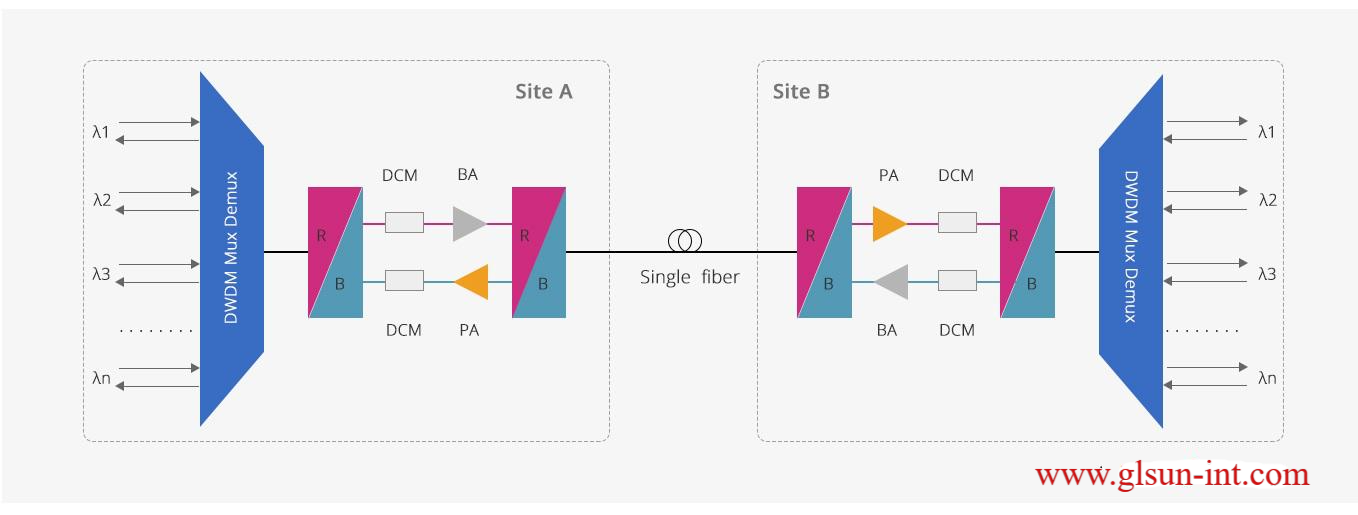
Features of Dispersion Compensation Module (DCM)
➤ Dispersion is a positive correlation function of fiber length and therefore increases as fiber length increases.
➤ The purpose of using DCM is because this accumulated dispersion can cause inter-code interference with ISI and data loss in transmission, so to overcome this accumulated dispersion and increase the transmission length, we need a module called the Dispersion Compensation Module (DCM).
➤DCM usually consists of optical elements with high negative dispersion coefficients.
Deployment of Dispersion Compensation Module (DCM)
Dispersion compensation modules (DCM) are mainly used in DWDM networks, and can also be said to be mainly used in long-distance networks. DCM is deployed in various places in the network, such as
➤ Behind the transmitter
➤ Power amplifier
➤ Line amplifier
➤ After the Preamplifier

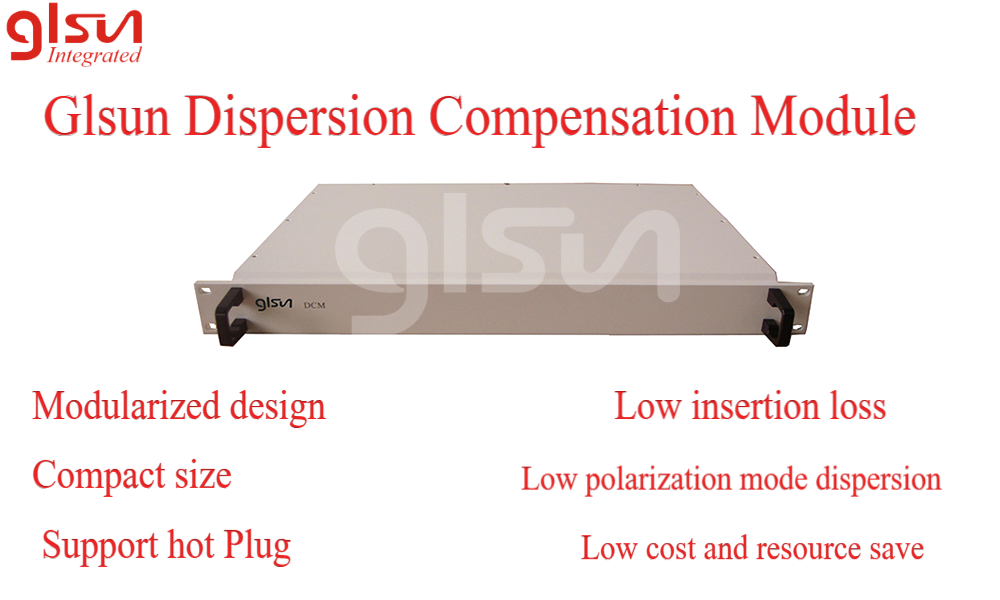
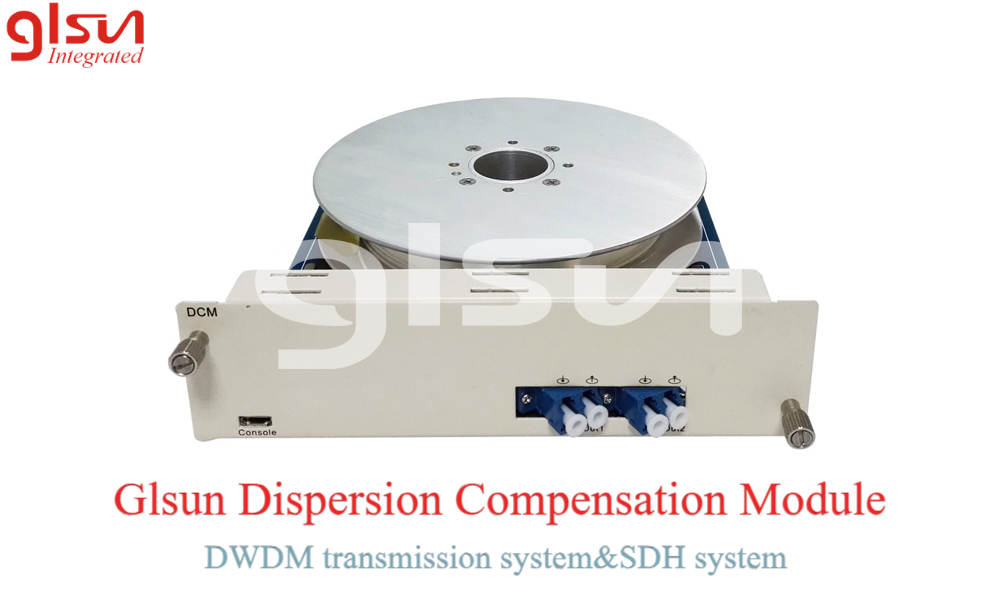
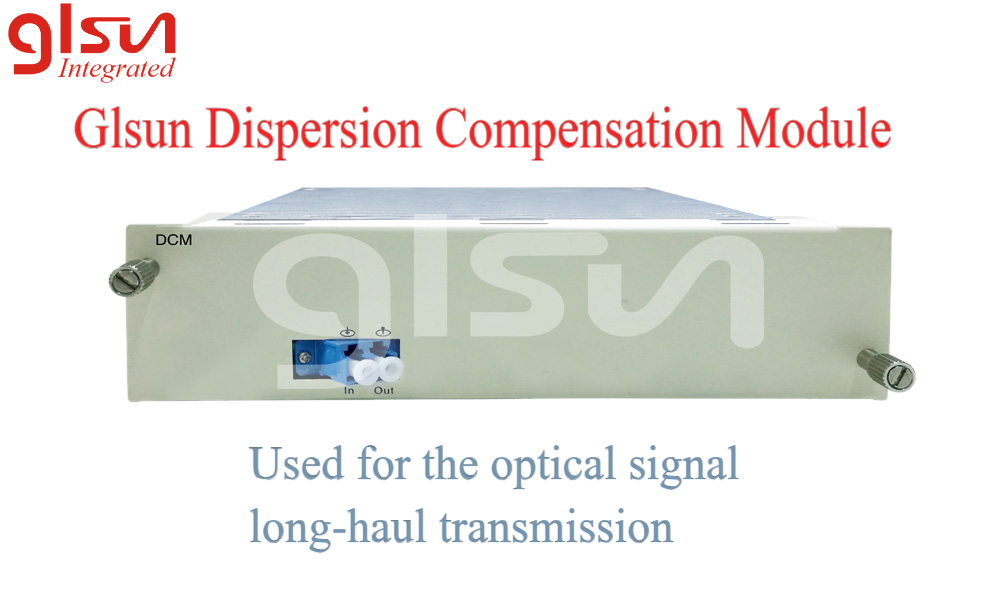
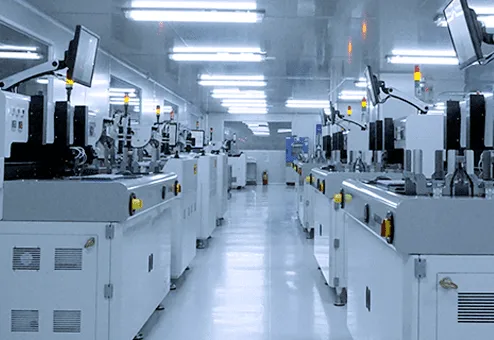
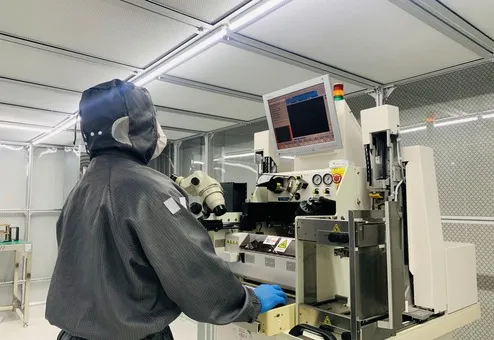


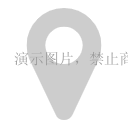 Guanglong S&T Zone, No.8 High-tech Industry Park Chaoyang Road, Guilin ,Guangxi, China
Guanglong S&T Zone, No.8 High-tech Industry Park Chaoyang Road, Guilin ,Guangxi, China  +86-133-4600-8527
+86-133-4600-8527  alan.shizz@glsun.com
alan.shizz@glsun.com